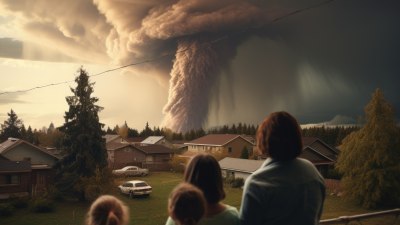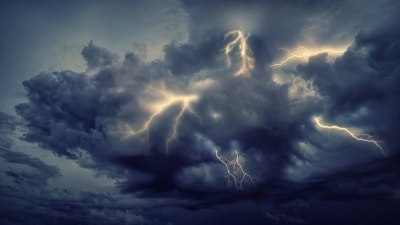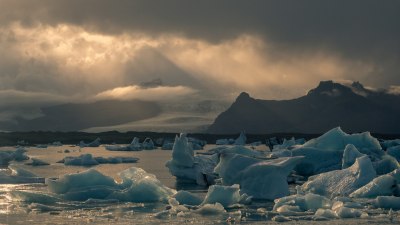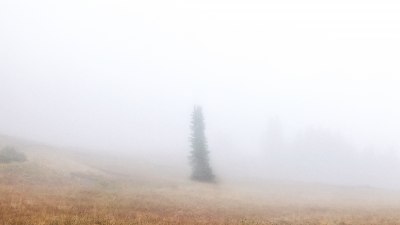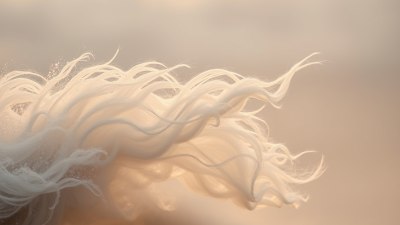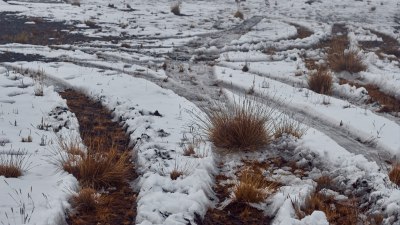What Causes Sunlight to Refract in Ice Crystals
Explore the fascinating science behind the refraction of sunlight in ice crystals and its spectacular visual effects.
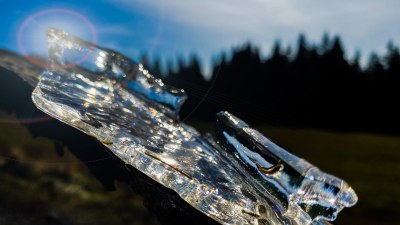
Sunlight refracting in ice crystals creates stunning optical phenomena that captivate the eye and challenge our understanding of light behavior. The process of refraction occurs when light travels through different mediums, altering its speed and bending its path. Ice crystals, with their unique hexagonal structures and varying shapes, serve as excellent prisms to showcase this optical effect.
Ice crystals form in the atmosphere during cold weather, typically from water vapor that freezes into ice. This transformation begins with the nucleation of water molecules, which then arrange themselves into the intricate lattice structures commonly observed in snowflakes. The shape of these crystals can vary widely, resulting in a diverse array of refractive properties.
Understanding Refraction
Refraction is governed by Snell's law, which states that the ratio of the sine of the angles of incidence and refraction is equivalent to the ratio of the velocities of light in the two media. When light enters an ice crystal, its speed decreases compared to its speed in air, causing it to bend towards the normal line at the point of entry. As the light exits the crystal, it speeds up and bends away from the normal. This bending of light rays leads to a scattering of wavelengths, creating the beautiful displays often seen around ice crystals.
The ice crystal's geometry plays a crucial role in how light is refracted. The six-fold symmetry of hexagonal crystals means that sunlight can enter and exit at multiple angles, creating various optical effects. Common phenomena associated with ice crystals include halos and sundogs, which are caused by specific angular positions of the refracted light.
Halos and Sundogs
Halos are bright rings that form around the sun or moon and are often visible when the air is filled with millions of tiny ice crystals. These halos typically appear as bright white rings but can also display colors due to the dispersion of light. Sundogs, or parhelia, are bright spots that appear on either side of the sun and are a result of sunlight refracting through ice crystals suspended in the atmosphere.
To create a halo, light enters an ice crystal, refracts, reflects internally, and then exits at precisely 22 degrees, creating a ring. The diameter of the halo can vary based on the size and arrangement of the crystals in the atmosphere. Perfectly symmetrical halos indicate a high concentration of uniformly shaped ice crystals.
Diffraction and Dispersion
In addition to refraction, diffraction and dispersion also contribute to the optical effects seen in ice crystals. Dispersion occurs because different wavelengths of light bend at slightly different angles. This phenomenon is particularly evident in prisms and can cause a rainbow appearance around the halo. Diffraction, on the other hand, occurs when light waves encounter obstacles in their path, interfering with each other and creating patterns of light and dark areas that can further enhance the beauty of the display.
The conditions in which ice crystals form significantly impact their shape and consequently how they refract light. When humidity is high, the formation of complex, larger crystals is more likely, enhancing the potential for spectacular refraction and related phenomena. Conversely, very dry conditions favor the development of smaller, simpler crystals which may not produce as vibrant optical displays.
Real-World Examples and Observations
Natural occurrences of sunlight refracting in ice crystals can be observed in various locations around the world. Cold regions like Antarctica and the Arctic are prime viewing spots for these phenomena, especially during winter months when conditions are ideal. However, sunlight refracting in ice crystals can also be seen in more temperate climates during the winter when temperatures drop sufficiently to create ice crystals.
Human made ice crystals, such as those created in artificial snow, can likewise demonstrate similar optical properties, though they often lack the intricate shapes of natural crystals. Ski resorts and snow parks sometimes experience gorgeous displays of light due to the artificial snowmaking process, especially under the precise conditions of low humidity and cold temperatures.
The Science of Ice Crystals
The study of ice crystals and their optical properties combines physics, meteorology, and crystallography. Scientists strive to understand how and why these crystals form, what factors influence their growth, and how they interact with light. Through this research, we better understand weather patterns, climate changes, and how light behaves in different atmospheric conditions.
Modern technology has allowed researchers to analyze the shapes and dimensions of ice crystals with unprecedented detail. Instruments like laser imaging systems help capture the behavior of light interacting with these frozen structures, leading to new insights into atmospheric science.
In summary, the refraction of sunlight in ice crystals is a fascinating interplay of science and beauty. Understanding the mechanics of light and the unique properties of ice crystals allows us to appreciate the stunning visual displays found in nature. From halos to sundogs, these Optical phenomena remind us of the intricate relationship between the earth, water, and atmosphere, emphasizing the beauty that lies in the smallest of details.
